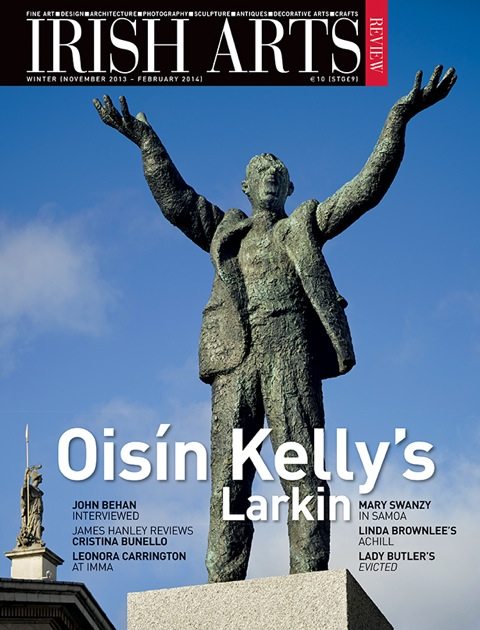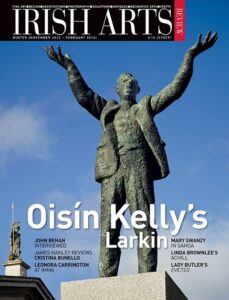

It is estimated that there are now more than 100 Biennales, Biennials and Triennials, and similar recurring art exhibitions of modern and contemporary art in locations, mostly in cities, across the world today. These represent concentrated periods of visual arts programming, often using existing gallery spaces and public spaces – depending on the theme and curatorial orientation of the organizers.
This model usually hinges, firstly, on the inclusion of internationally recognizable figures in the art world with or without national representation; and the inclusion of regional figures and projects, again, depending on the orientation of the curators. In a majority of cases the theme of ‘city’ is cited as a starting point or a major concern of these exhibitions and supplies the underpinning rationale for the commission of new works and in some cases the borrowing of existing works for presentation in gallery or non-gallery spaces. Recently, socially-engaged art projects have started to be included as a matter of course in these larger exhibitions as in Venice and Documenta. It is arguable that deploying the theme of city within such a globally pervasive model of exhibition and experience, risks, paradoxically, abstracting art from place and, therefore, from a transformative engagement with context and from the idea of artmaking and experience being emancipatory, since this prevalent model begins with art and artist rather than place, context or community. To borrow language from another zone, this invests in a focus on the supply side rather than the demand side of this cultural economy.
NCAD is proposing – and has begun to develop – another model of exhibition making, with no less a national and international reach, as a way of addressing this contradiction, simply by starting with an actual place rather than a concept of place, and dealing directly with a specific situation. For clarity, context in this sense, can be defined as a specific area of identifiable, recognizable, social geography that is already understood as such by its citizens and by visitors. So, for the purposes of this proposition, think of the Thomas Street area in Dublin where a process of regeneration has already been argued for, but not yet advanced, and has been articulated in a variety of approaches to the ‘street’, by a number of statutory and non-statutory agencies, such as Dublin City Council, Dublin Civic Trust, a new business grouping in Thomas Street and by Fáilte Ireland. All are focused, from very different perspectives, on the idea of renewal of the street.
There is an opportunity therefore, for urban-social renewal to facilitate a related process which holds the value of renewal of the urban fabric, considered as hardware, but also renewal of readings of the place, the situation, considered as software. One without the other is incomplete and ineffective. This moves away from the abstract to the actual, which we know, in the case of Thomas Street, for example, has deep connections to the story and history of Dublin and touches all the layers of big history and small stories. And, coincidentally, it also connects with a number of key national cultural institutions concerned with patrimony – of the past and the future – in the vicinity. This ‘situated’ model also means the development, over a period of an incremental programme, initially of research actions, linked to learning programmes in NCAD, but projected as creative interventions in the street, in relation to the built environment but also its human, transactional activities. This has to be scaled on manageable levels and would be designed to build activities to a moment of concentrated programming and experience, starting as early as the summer of 2014, with incremental actions and then a concentrated input by local, national and transnational artists and projects. This would include staff and students of NCAD and other colleges and partners, working in situ.
The proposition could start in situ, by naming, through the design and placing of signage, to identify each business in Thomas Street as an art ‘pavilion’, following the Venice Biennale model. So, Café 53 in Thomas Street could become for a period the ‘German Pavilion’ and John Laurence, Men and Boys outfitters could become the ‘French pavilion’ and so on. These could contain a traditionally identified artwork. As a first part of the larger process this would be intended to establish the matrix that we would then set out to remake by populating it with a range of interventions. Other examples of this re-imagining of the exhibition model could be articulated. But this overturn has to be understood, if it is to be strategically useful, in terms of real world learning, as well as experience, as leading to other models for the conception, production, exhibition, experience and participation in art and design. By so doing, there is then the opportunity to remodel relations with various publics as reciprocal rather than rhetorical.
Many of our inherited institutional and programming models, as well as our ideas of the artist as a solo genius are exhausted and need not carry the burden of all of our cultural expectations which are being transformed in this era anyway. This proposition is not about replacement or denial of that inheritance – just its transformation.
Declan McGonagle is Director of the National College of Art and Design.



